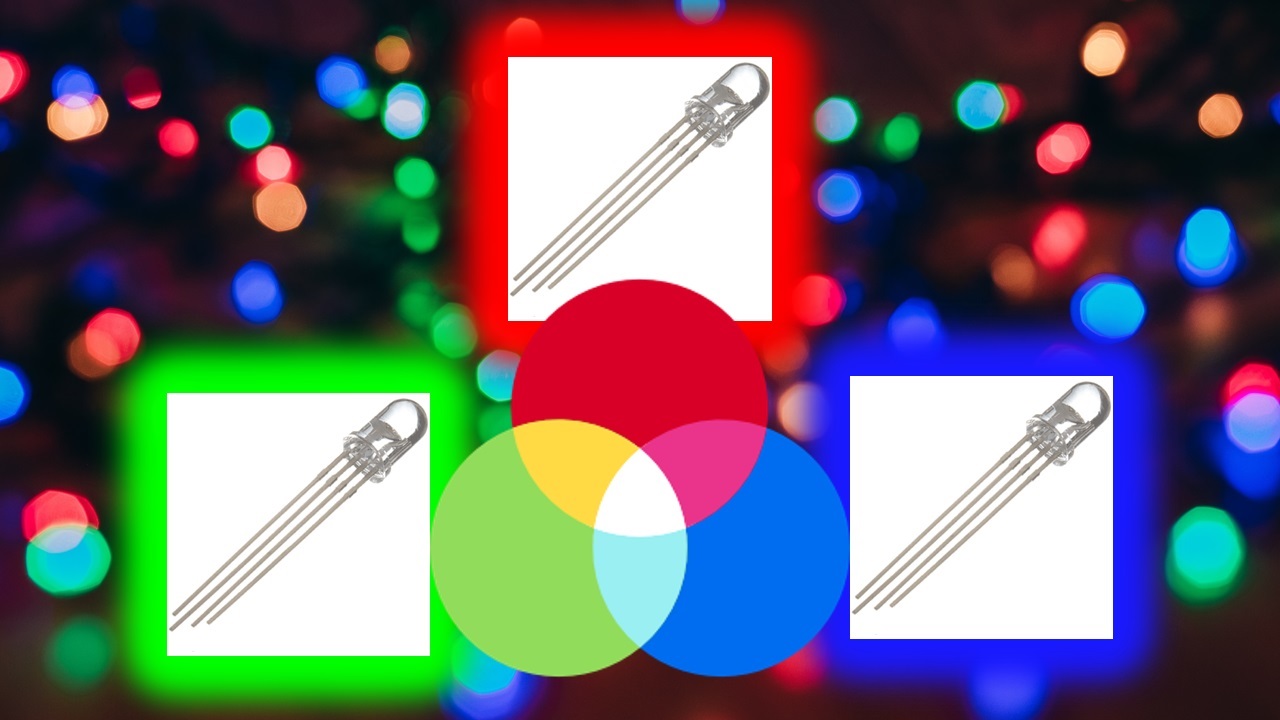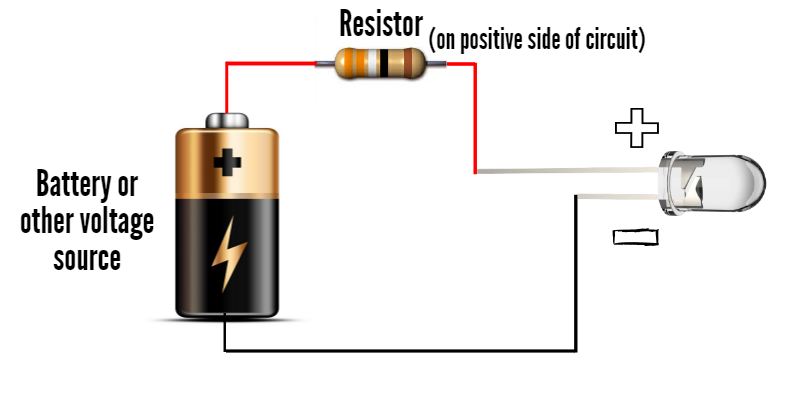
One way to do this is to introduce carrier-confining layers and quantum wells in the active region of the diode to try to increase the concentration of electrons and hole which are undergoing recombination under the right conditions. Since we want our LEDs to emit light, not heat, we want to increase the percentage of radiative recombination compared to non-radiative recombination.


These non-radiative recombination events (in direct bandgap semiconductors) involve mid-gap electronic states caused by defects. Non-radiative recombination can also occur where the quantum of energy released by the electron and hole recombination produces heat rather than photons of light. Radiative recombination results in the production of a single photon of light with an energy and wavelength (the two are related to each other by Planck’s equation) determined by the bandgap of the material used in the active region of the device. The difference in energy between the conduction band and the valence band is called the bandgap energy and is determined by the bonding characteristics of the semiconductor. Side note: electrons are generated in the conduction band of the semiconductor and holes are generated in the valence band. At the junction between the p-type and n-type materials, the electrons and holes will recombine and each recombination event will produce a quantum of energy that is an intrinsic property of the semiconductor where the recombination occurs.

When a forward bias (or voltage) is applied, electrons in the n-type region are pushed toward the p-type region and, likewise, holes in the p-type material are pushed in the opposite direction (since they are positively charged) toward the n-type material. While very pure, defect-free semiconductors (so-called, intrinsic semiconductors) generally conduct electricity very poorly, dopants can be introduced into the semiconductor which will make it either conduct with negatively charged electrons (n-type semiconductor) or with positively charged holes (p-type semiconductor).Īn LED consists of a p-n junction where a p-type semiconductor is put on top of an n-type semiconductor. A light-emitting diode (LED) is a semiconductor device that emits light when a current is passed through it.


 0 kommentar(er)
0 kommentar(er)
